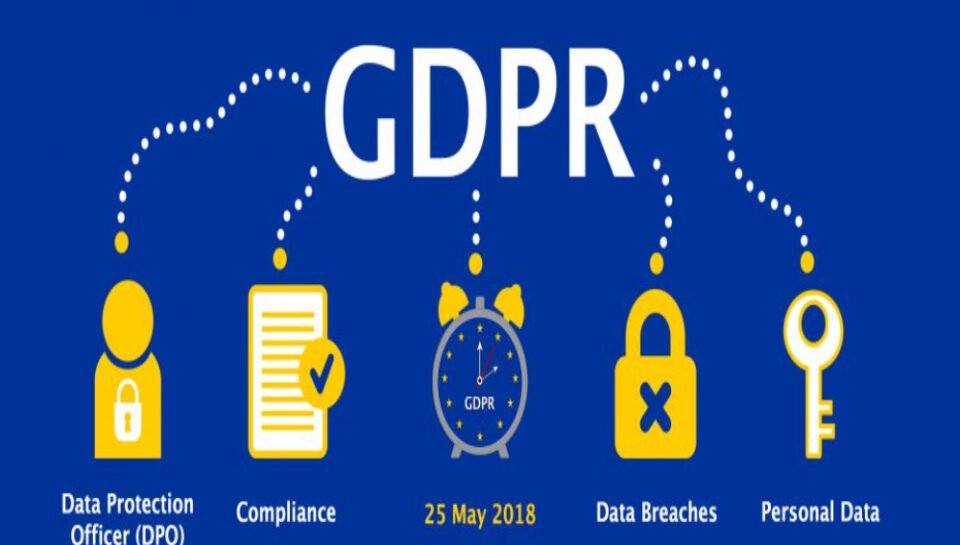
GDPR Compliance: Navigating Data Protection in Web Security
In the realm of web security, GDPR compliance remains a key directive shaping how digital systems handle personal data. The regulation mandates strict guidelines around data collection, processing, and retention, with an emphasis on user consent, transparency, and accountability. Web applications must now be architected to respect privacy by design, where data protection principles are embedded at the technical core of every component. This requires developers and security teams to work in unison, ensuring that every user interaction complies with the regulatory framework.
One of the most critical requirements is the implementation of explicit consent mechanisms, where users must actively opt-in before their data can be stored or processed. This includes visible privacy notices, granular preference settings, and the ability to withdraw consent at any time. Web security systems must also enforce access controls, ensuring that only authorized personnel and systems can access regulated data. In addition, data minimization must be practiced, storing only the information necessary for functionality while reducing risk exposure. These measures form the operational core of secure data handling under GDPR.
Further security responsibilities include supporting data subject rights, such as right of access, right to erasure, and right to data portability. Systems must be capable of identifying and exporting or deleting user data upon request, without compromising integrity. Audit logging, encryption standards, and breach notification protocols are also essential to meet compliance expectations. Ultimately, GDPR has redefined how web platforms approach privacy, making regulatory alignment not only a legal necessity but a fundamental component of modern web security architecture.





